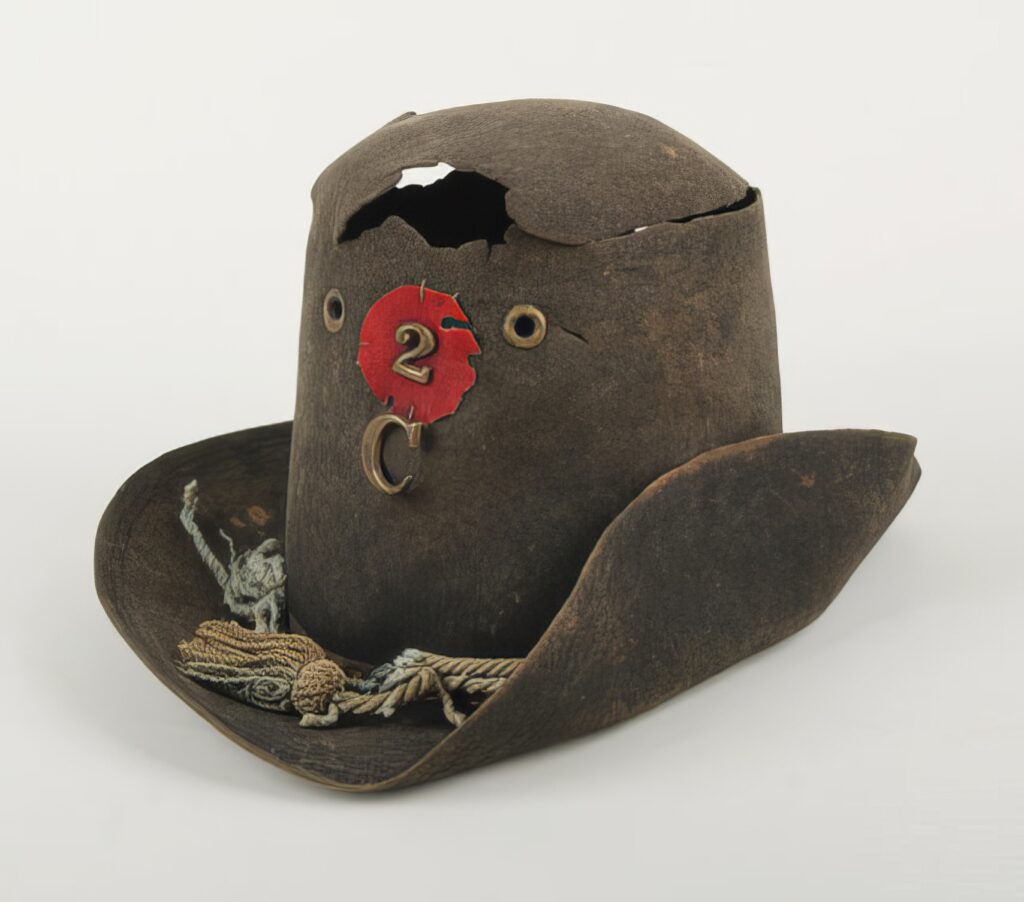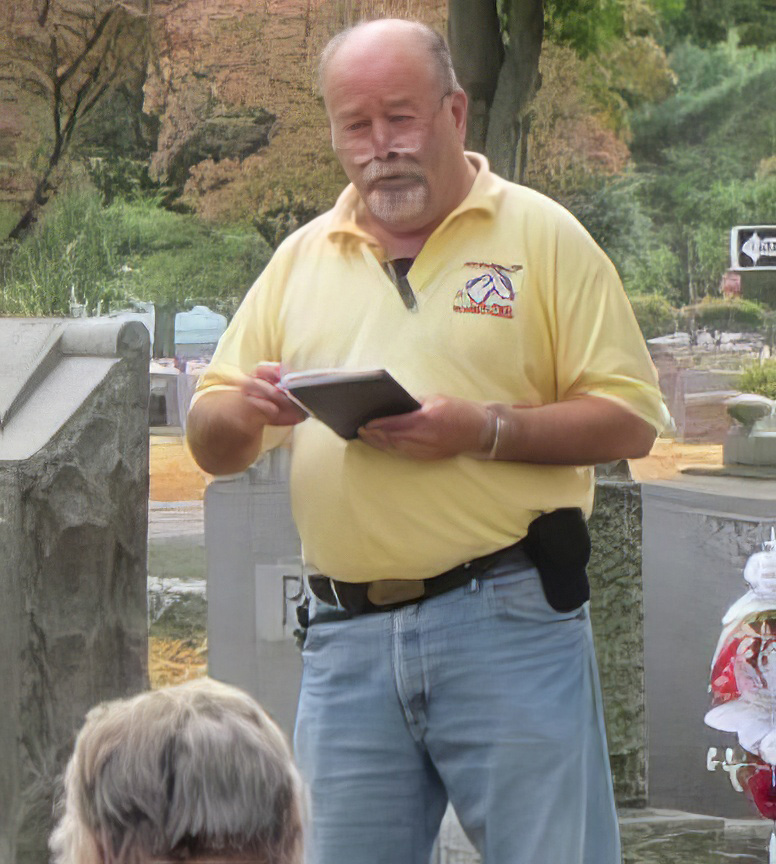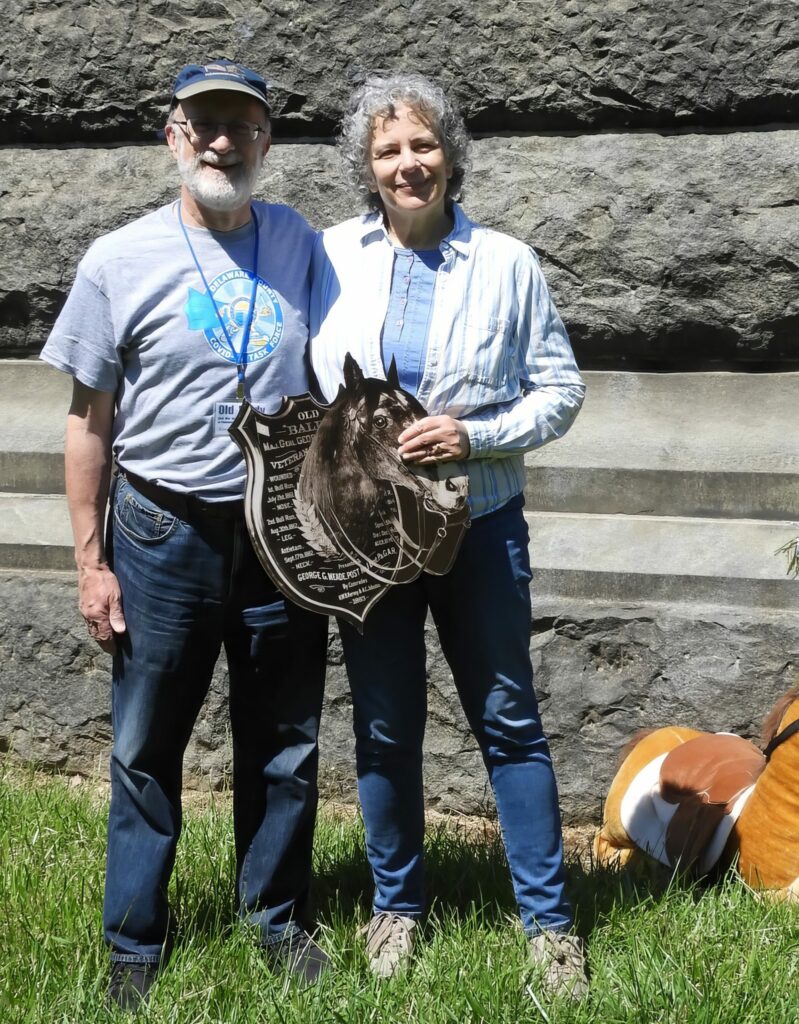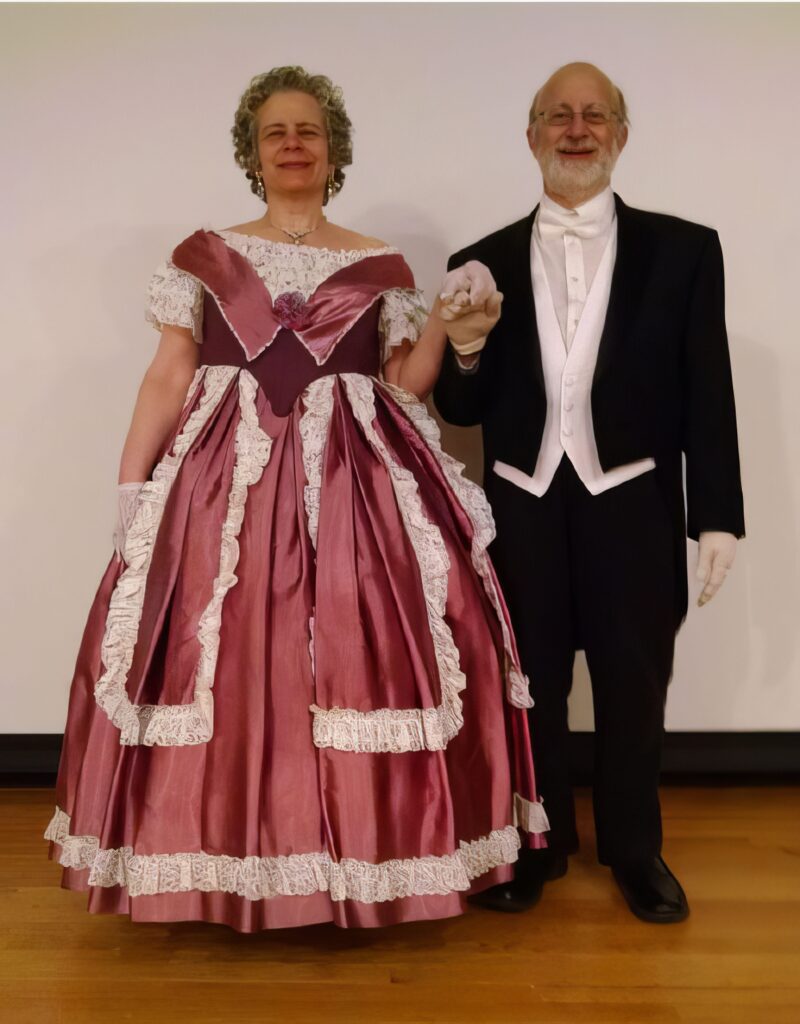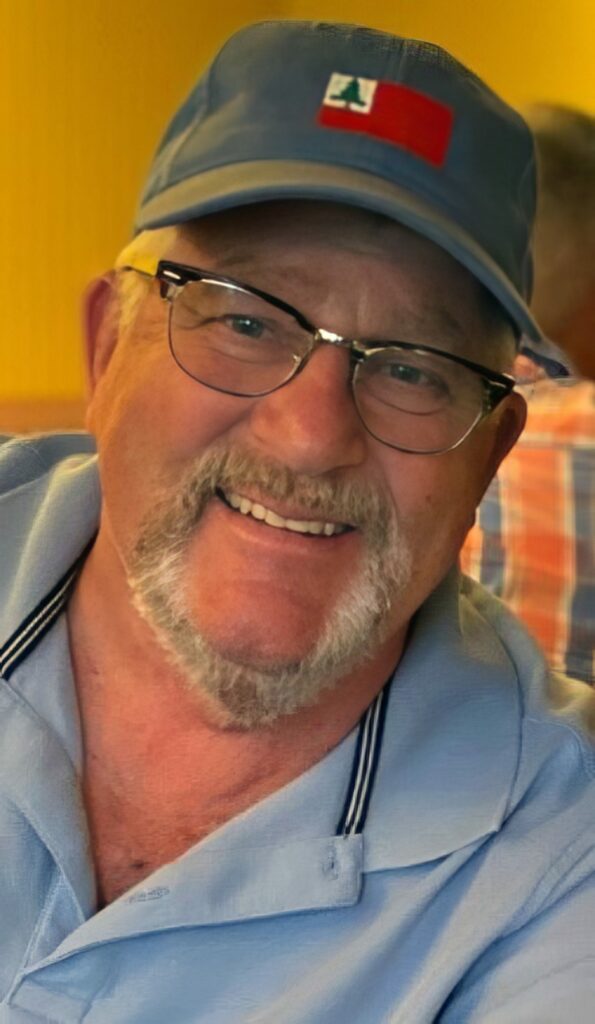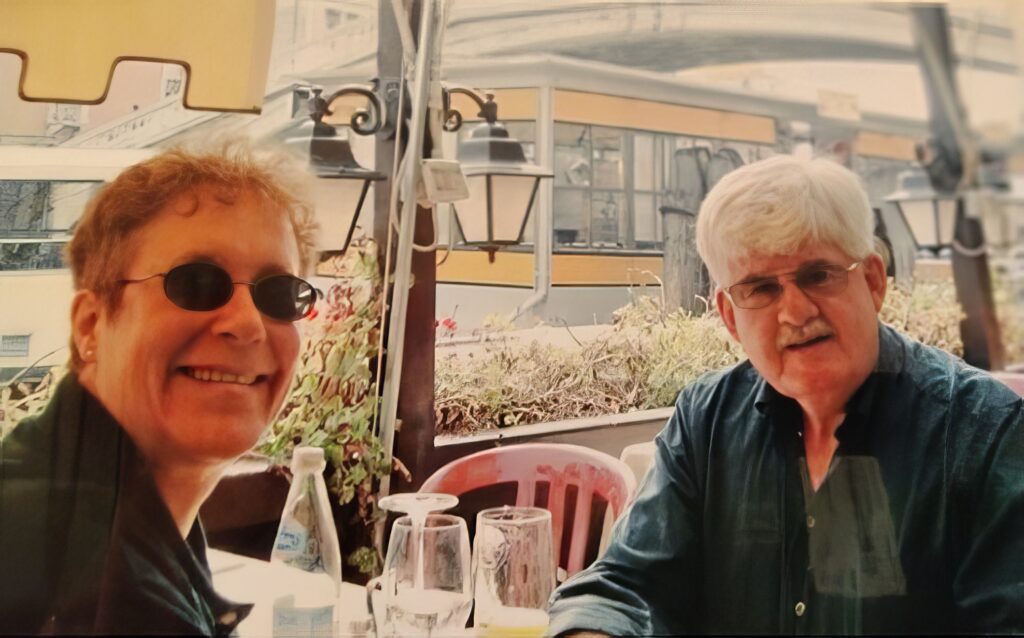“Since the fifth grade I wanted to join the Navy like my dad and granddad. By the seventh grade, I really liked mechanical things like ships and airplanes and wanted to go into engineering to design and build them.” To make his goals a reality Salem, Massachusetts native Paul Prentiss would need opportunity, intelligence, hard work, and to love two things: an adventurous woman, and shiny things that go “bang.”
At the end of a four-year Navy ROTC scholarship, Paul graduated from the University of Michigan Physics program, and the Naval War College in Rhode Island. After he was commissioned as an ensign he went west to California, and throughout his service was able to visit many worldwide sites where extraordinary events unfolded including Manilla Bay, Pearl Harbor, Inchon, and his favorite, Yokosuka, Japan. Commodore Perry’s “Black Fleet” arrived very close to the city in 1853. Afterward, to stop the incursion of foreigners, a series of fortifications were started and in use through 1945. “Exploring these historic structures was exhilarating, dangerous, and very rewarding. Sometimes we were able to talk with the locals and get their perspective of WWII and the subsequent occupation.”
In March 2022 U.S. Navy Captain Paul Prentiss retired after spending 43 years supporting the active Navy, Naval Reserve, and working/supporting Lockheed Martin. He was a surface warfare officer specializing in combat systems and then as a civilian continued in the same career. He also recently retired as a chief scientist for a national science and technology company. The history of technology is one subject Paul finds very fascinating. “Most of my reading and study concentrate from the Industrial Revolution (1760s) to the present. I strive to understand why and how technology was created to solve problems.”
As a nine-year member and trustee of the Old Baldy Civil War Roundtable, Paul has helped us find the best solutions for the toughest challenges. Because of his research and writing skills, the Roundtable was selected to receive the 2022 Wallace L. Rueckel Innovation Award by the Civil War Roundtable Congress. The award is given to recognize a Civil War Round Table for its creative, effective, and inventive programs that provide value to its members and community. “This is really a proud moment for Old Baldy. Our group has worked hard to improve membership experience, so we really value and respect this honor.”
Paul found Old Baldy when member Marty Wilensky, pulling a secret recruiting trick, asked Paul to accompany him to a meeting. “I was very excited and did a lot of online work researching the Sultana Disaster of 1865, getting ready for an in-depth discussion. I really enjoyed the presentation (by Don Wiles) and the friendliness of the group. I joined the very next meeting.”
Paul has written several articles for the newsletter, and presented to the Roundtable a very interesting story about a distant cousin and his last assignment on board the USS Monongahela. In “Damn the torpedoes, full steam ahead!” — Admiral David Farragut and the Battle of Mobile Bay August 5, 1864 we learned of Lt. Roderick Prentiss who participated in the Battle of Mobile Bay as executive officer aboard the steam screw sloop, and who was struck by flying splinters caused by cannon fire from Fort Morgan. He subsequently died of his wounds the next day at the age of 24. Paul has learned that some Prentiss family papers were donated to Montana State University. “I was able to get copies of family letters, fellow officer letters of condolence and Navy documents to learn what happened.”
Today, family for Paul includes his wife, Susan, and their son, Sean, who is getting married in November. Paul and Susan have graciously hosted Old Baldy picnics at their home in Marlton, New Jersey. The couple have been married for 39 beautiful years, first by a Navy Chaplain in Alameda, California and then again in Paul’s home parish. “Saying the vows twice really tied the knot tight!”
Paul is a Samaritan Hospice volunteer, STEM mentor, Ben Franklin American Legion Post 405 of Philadelphia finance office volunteer, and an active member of the Coastal Defense Study
Group. If you happen to have an upright bass or a bass guitar laying around you might ask Paul to play a number — he was once a member of the Boston musician’s union and played back-up for Bobby Hebb’s second album. (Remember Hebb’s ‘66 hit, “Sunny?”)
Profile written by Kim Weaver

